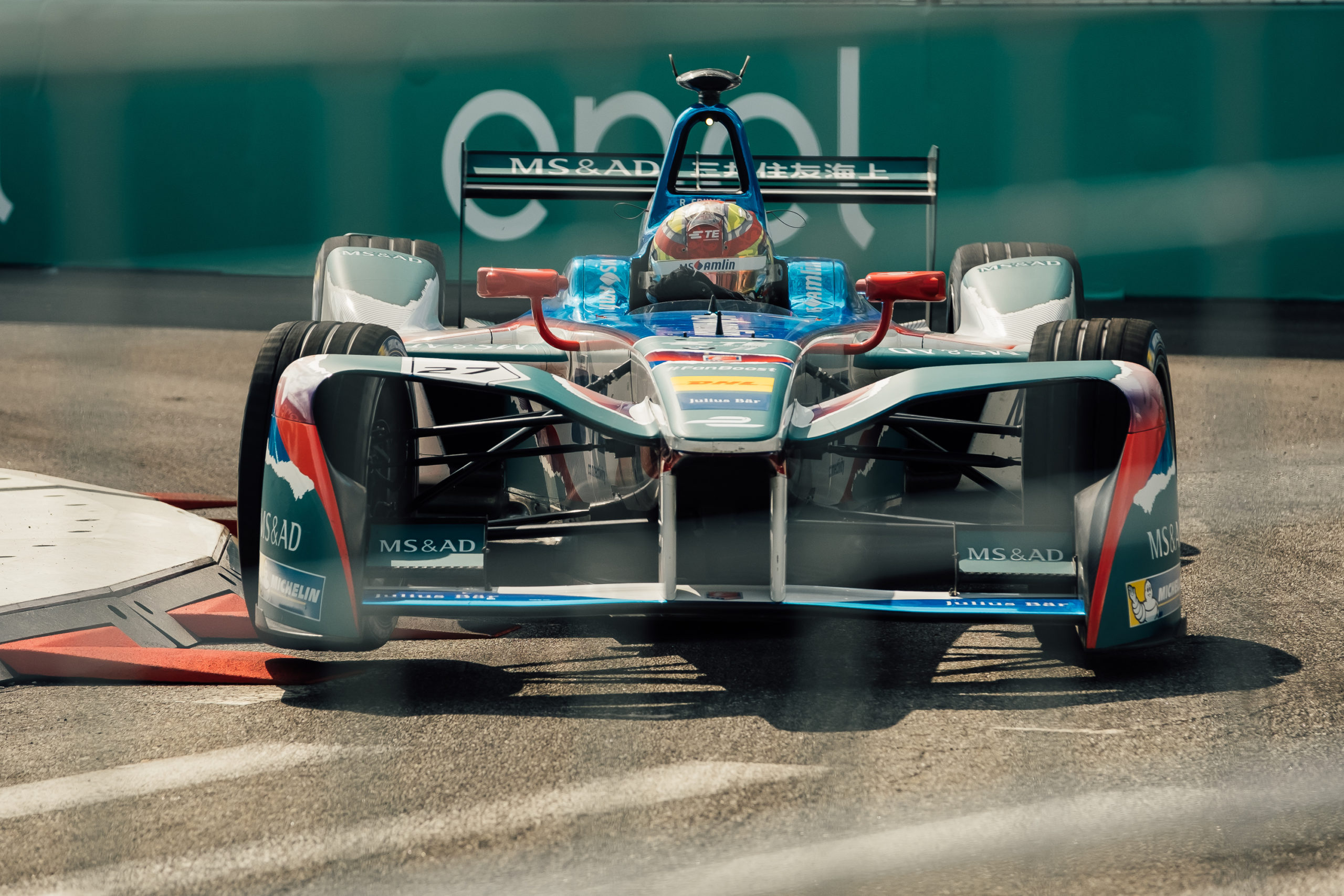
Honda recently announced that the Japanese automaker would be abandoning its Formula One engine supply program at the close of the 2021 season. Its reasoning? The need to focus the company’s engineering expertise on future drivetrain tech for its road car business. This is the driving force behind the expensive and extravagant F1 program’s demise. Honda wants to shift its focus to battery electric vehicles, hydrogen fuel cells, and making the company carbon net zero by 2050.
While Formula One’s hybrid drivetrains were fairly advanced when the new ruleset was introduced back in 2015, road car tech has developed at a much quicker pace. The argument could be made that anything Honda may have learned in the technology trickle down from F1 has been usurped and passed on by with the steady forward march of electrics. And Honda has fallen behind the eight ball in regards to its BEV and hybrid offerings, and seemingly abandoned its once-prominent Earth Dreams pro-environment messaging.
There’s a bit more to it than that, methinks. You may recall that Honda was previously involved in Formula One a bit over a decade ago, running its own team in the series before leaving at the nadir of the financial crisis in 2008. Now, just as then, Honda knows that the hundreds of millions of dollars it costs a company to compete in F1 are not only more shrewdly served developing future tech, but it is an extremely visible indulgence in a time when many of its customers, employees, and stakeholders are committed to extreme levels of austerity.
I think Formula One is headed for the fall in a big way, and this isn’t just about Honda. Think back to the period around 2008 to 2010 and see if you can recall all of the F1 programs that were ended in the wake of the housing crisis and stock market crash. If you had BMW, Honda, and Toyota, you’re totally remembering it correctly. The departure of those three manufacturers rocked the F1 world, and made way for the last decade-plus dominance of the Mercedes and Red Bull teams.
OEM boards of directors decided it wasn’t in their respective companies’ best interest to keep spending hundreds of millions chasing F1 titles while millions around the world struggled to stay financially solvent all over the globe. Sponsorship and partnership money dried up in every motor sport, but F1 cars were particularly blank and the sport was particularly bleak.
Only Ferrari, Mercedes, and Renault will remain as engine suppliers in Formula One beyond 2021, which is the smallest variety of powertrain the sport has ever experienced. Meanwhile Formula E has powertrains and teams entered by DS, Nissan, Mercedes, BMW, Porsche, Audi, Mahindra, Jaguar, and NIO. Honestly, I wouldn’t be surprised to see Honda’s racing platform join the FE grid as it is not only orders of magnitude less expensive than F1, but it also aligns with the company’s stated values and future.
The only spending that makes sense in this current virus-addled world is on the development and marketing of an OEM’s core future products. Honda and others have decided that electric (and other zero emissions tech) is the future of the automotive world, and it is time for them to dive in head first, or die trying. Formula E will help facilitate the research and development in performance electric powertrains that Formula One once did for the advancement of the internal combustion engine.
The only racing series I don’t really see as vulnerable to this mass motorsport exodus is Formula E (and by extension its off-road counterpart Extreme E). Manufacturers, teams, drivers, and sponsors seem all too happy to continue to throw dollars into the electric arena. Manufacturers want to project a message of strength in electric development, and Formula E helps get that message out to consumers.
Formula One is dead or dying. Long live Formula E.

